Phenoptic (Generic) phenylephrine hcl
$520.00 – $1,600.00
To apply eye drops, wash hands first. To avoid contamination, do not touch the dropper tip or let it touch your eye or any other surface.
Table of Contents
ToggleAbout Phenoptic (Generic)
This medication is used to dilate the pupils for eye examinations or procedures, and to treat certain eye conditions. It belongs to a class of drugs known as decongestants. Phenylephrine works by narrowing blood vessels.
How to use
To apply eye drops, wash hands first. To avoid contamination, do not touch the dropper tip or let it touch your eye or any other surface.
If you are wearing contact lenses, remove them before using eye drops. Wait at least 15 minutes before replacing your contact lenses. Tilt your head back, look upward, and pull down the lower eyelid to make a pouch. Hold the dropper directly over your eye and place one drop into the pouch. Use as often as directed by your doctor. Look downward, gently close your eyes, and place one finger at the corner of your eye (near the nose). Apply gentle pressure for 1 to 2 minutes before opening your eyes. This will prevent the medication from draining out. Try not to blink or rub your eye. Repeat these steps if your dose is for more than one drop. If directed to use this medication in both eyes, repeat these steps for your other eye. Wait several minutes for your vision to clear before driving or operating machinery. Do not rinse the dropper. Replace the dropper cap after each use.
If you are using another kind of eye medication (such as drops or ointments), wait at least 10 minutes before applying other medications. Use eye drops before eye ointments to allow the drops to enter the eye.
Use this medication as prescribed to get the most benefit from it.
Tell your doctor if your condition persists or worsens.
Side effects
Burning or stinging, headache, sensitivity to light, or blurred vision may occur. If any of these effects persist or worsen, tell your doctor or pharmacist promptly.
Remember that your doctor has prescribed this medication because he or she has judged that the benefit to you is greater than the risk of side effects. Many people using this medication do not have serious side effects.
Tell your doctor right away if you have any serious side effects, including: eye pain, irregular heartbeat.
A very serious allergic reaction to this drug is rare. However, get medical help right away if you notice any symptoms of a serious allergic reaction, including: rash, itching/swelling (especially of the face/tongue/throat), severe dizziness, trouble breathing.
This is not a complete list of possible side effects. If you notice other effects not listed above, contact your doctor or pharmacist.
In the US – Call your doctor for medical advice about side effects. You may report side effects to FDA at 1-800-FDA-1088 or at www.fda.gov/medwatch.
In Canada – Call your doctor for medical advice about side effects. You may report side effects to Health Canada at 1-866-234-2345.
Warnings & Precautions
Before using phenylephrine, tell your doctor or pharmacist if you are allergic to it; or if you have any other allergies. This product may contain inactive ingredients (such as sulfites found in some brands), which can cause allergic reactions or other problems. Talk to your pharmacist for more details.
Before using this medication, tell your doctor or pharmacist your medical history, especially of: glaucoma (angle-closure type), blood vessel disorders (such as aneurysm).
This medication may cause blurred vision. Do not drive, use machinery, or do any activity that requires clear vision until you are sure you can perform such activities safely.
During pregnancy, this medication should be used only when clearly needed. Discuss the risks and benefits with your doctor.
It is unknown if this drug passes into breast milk. Consult your doctor before breast-feeding.
Storage
Store in the refrigerator or at room temperature away from light. Different brands of this medication have different storage needs. Check the product package for instructions on how to store your brand. Do not store in the bathroom. Keep all medications away from children and pets.
Do not flush medications down the toilet or pour them into a drain unless instructed to do so. Properly discard this product when it is expired or no longer needed. Consult your pharmacist or local waste disposal company.
Drug interactions
Drug interactions may change how your medications work or increase your risk for serious side effects. This document does not contain all possible drug interactions. Keep a list of all the products you use (including prescription/nonprescription drugs and herbal products) and share it with your doctor and pharmacist. Do not start, stop, or change the dosage of any medicines without your doctor’s approval.
Overdose
This medicine may be harmful if swallowed. If someone has overdosed and has serious symptoms such as passing out or trouble breathing, call 911. Otherwise, call a poison control center right away. US residents can call their local poison control center at 1-800-222-1222. Canada residents can call a provincial poison control center.
| Drops | 90 milliliters (2.5 %), 30 milliliters (2.5 %) |
|---|
Be the first to review “Phenoptic (Generic) phenylephrine hcl” Cancel reply
Related products
Uncategorized
Uncategorized
Uncategorized
Uncategorized
Uncategorized
Uncategorized
Uncategorized
Uncategorized
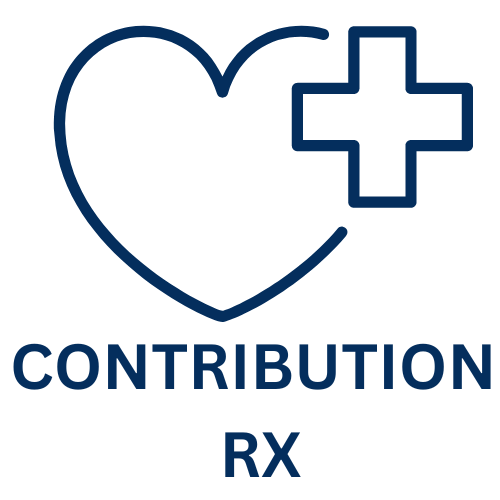
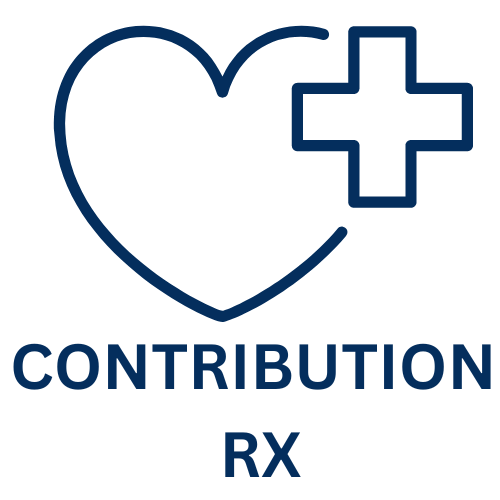
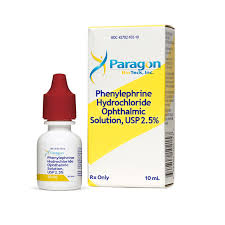
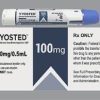

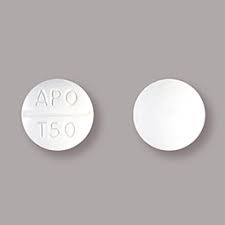
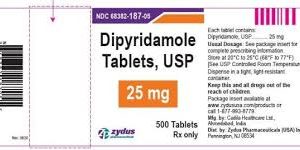

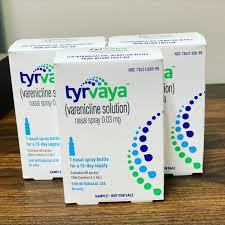
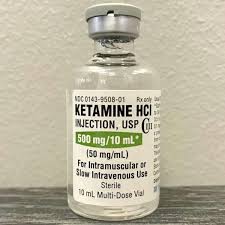
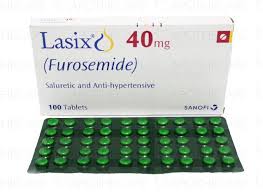
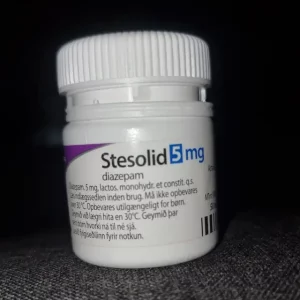
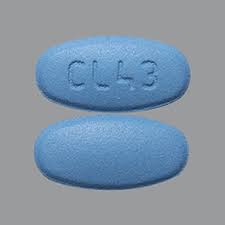
Reviews
There are no reviews yet.